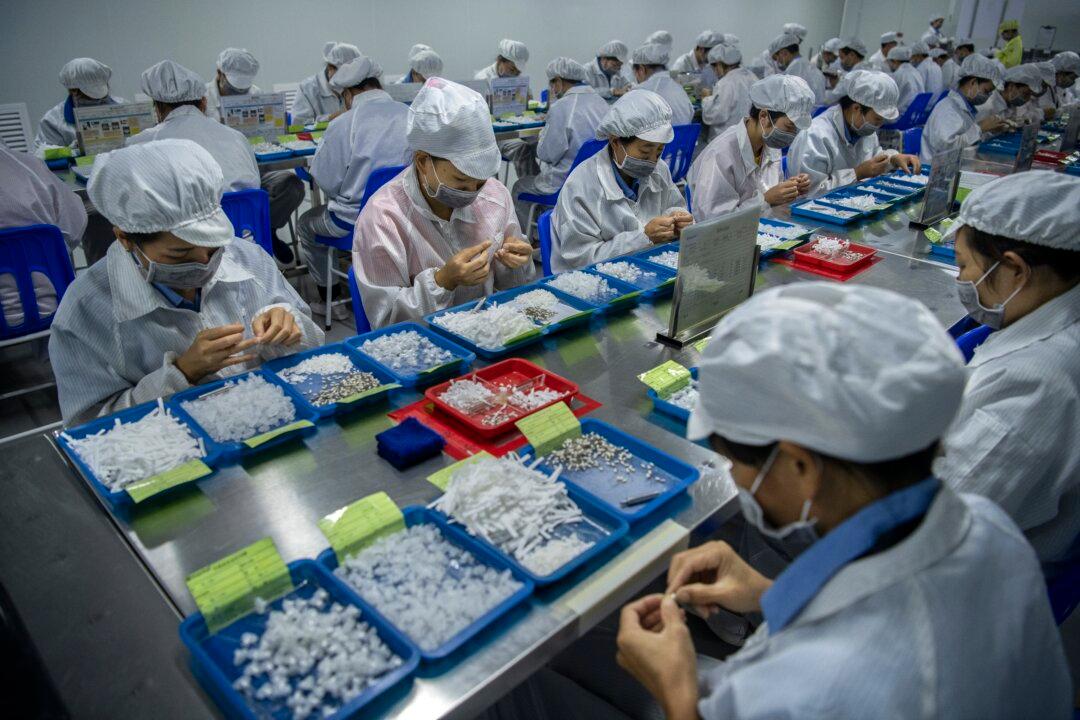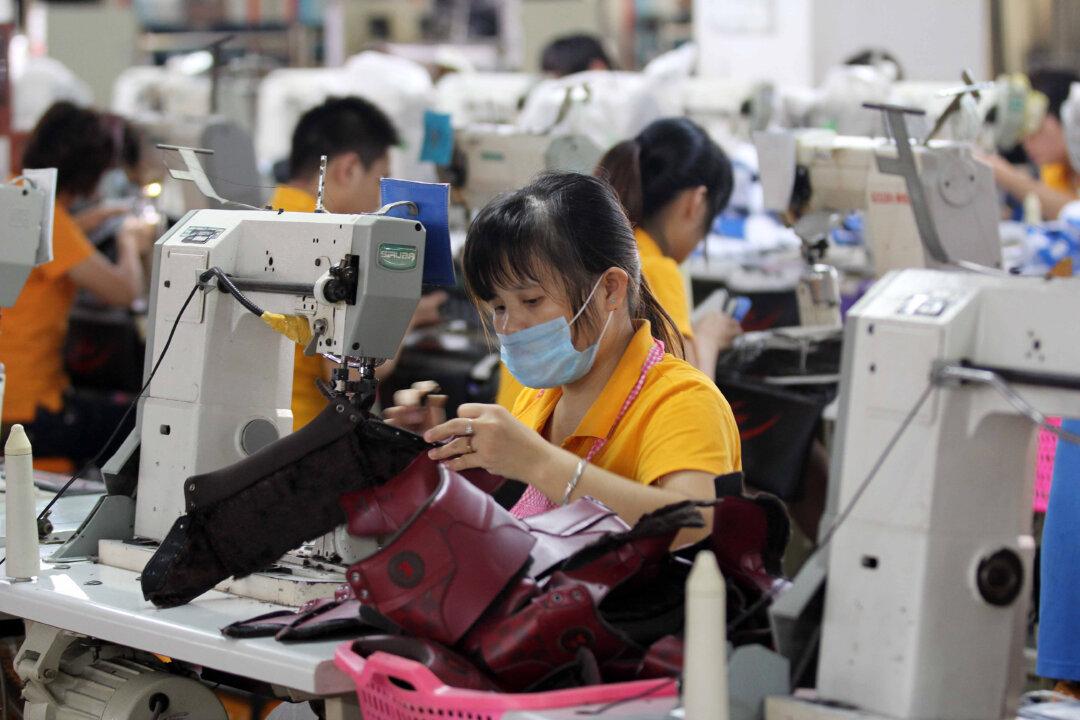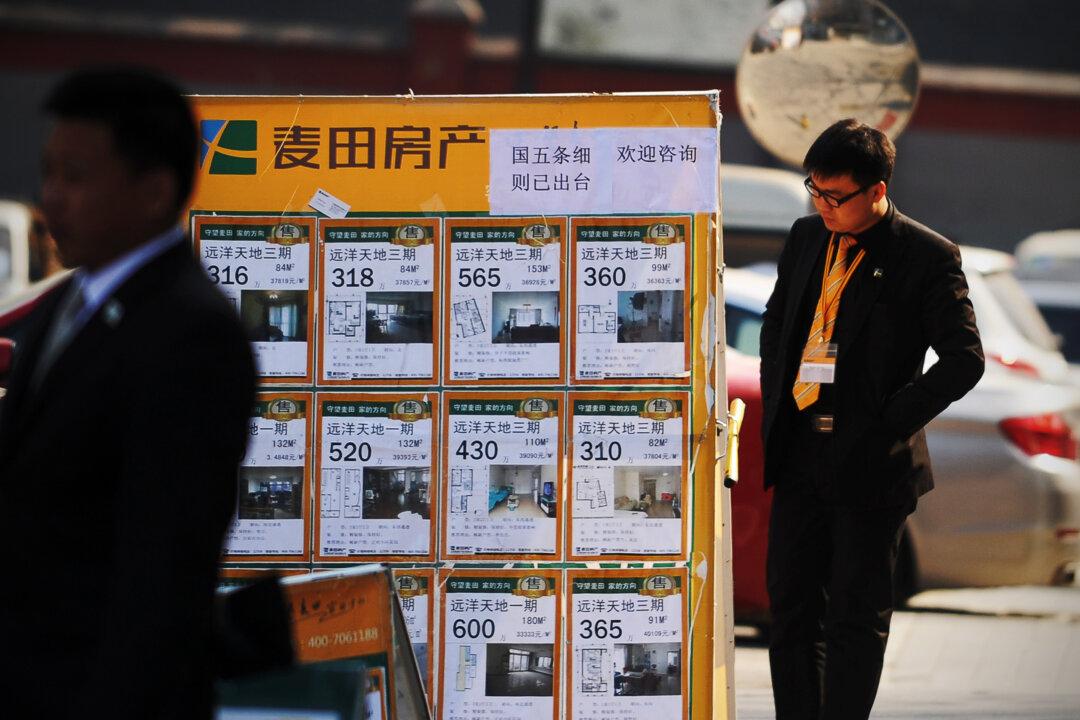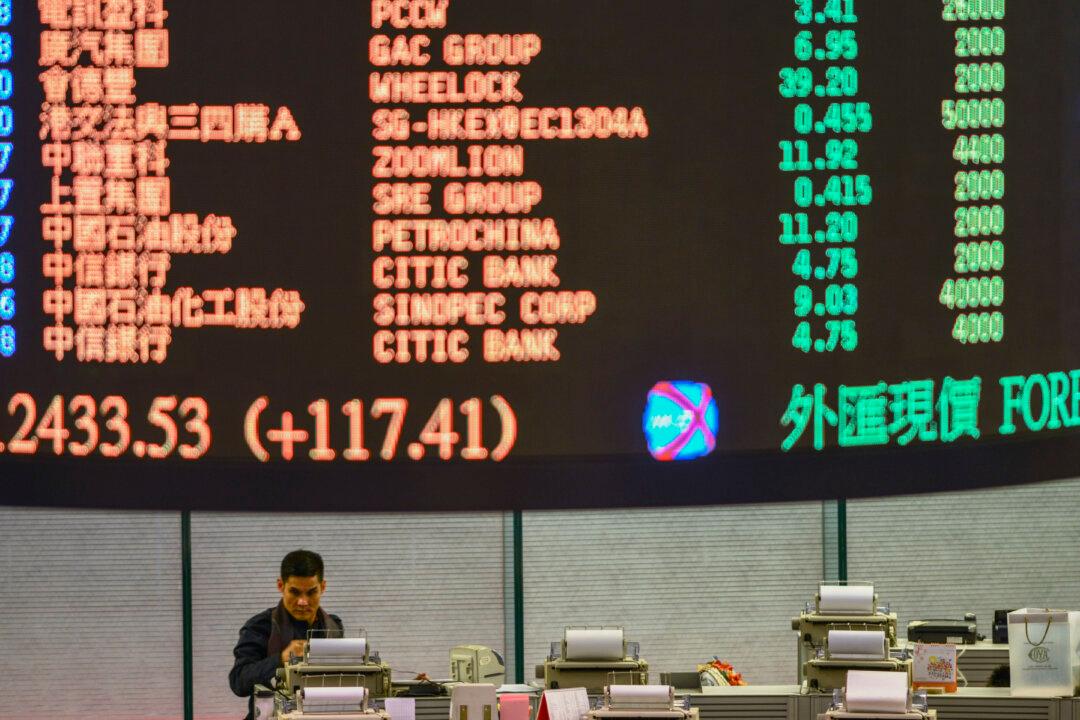China’s labor market is undergoing structural changes, with a shrinking labor force and rising labor costs. Young people are reluctant to enter factories, and the international labor market is shifting to Southeast Asia and other places. Some analysts expressed concerns that China’s status as the “world’s factory” may end within a year.
According to the seventh national census released by Chinese authorities, China’s prime workforce population is decreasing. People aged 15 to 59, accounting for 63 percent of the total population, decreased by 7 percentage points from a decade ago. While another 18 percent of the total population, people aged 60 or above, increased by 5 percentage points from a decade ago.





